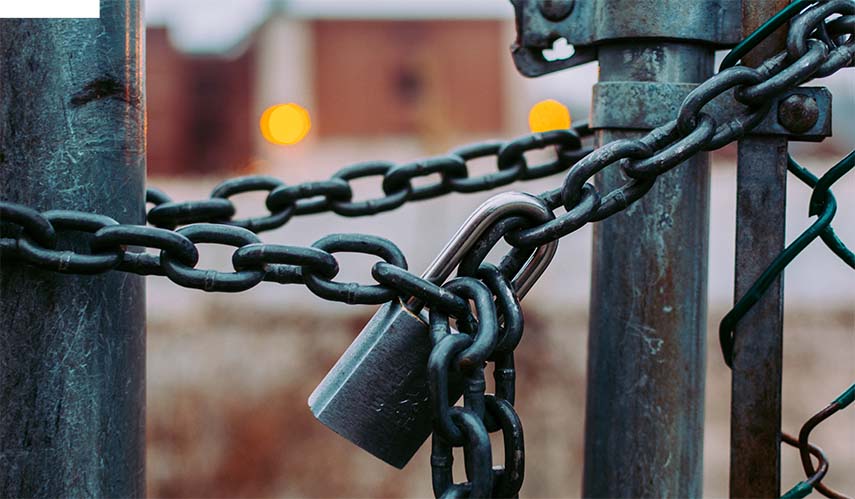Kathy Gibson is at Fujitsu Forum 2018 in Munich – Trust is more important than ever in the digital age, but our understanding of it is changing radically.
Rachel Botsman, author and influential management thinker, points out that the concept of trust is difficult to pin down.
In the physical world, we pick up subconscious signals that cause us to trust people or things; and we may believe we have enough information to make a call on trust.
Is technology making us smarter about who we trust? asks Botsman. Or is it just making us give away information about ourselves?
There are three areas of trust, she points out: the idea, the platform and the other user.
“Trust in ideas is interesting to look at though an historical lens,” she says.
She explains that when trains were developed, people were concerned about the adverse effects of high-speed travel the human body. In fact, people believed women’s uteruses would fly out if they travelled faster than 50 miles per hour.
“What was needed was a trust leap – where people leapt from what they know into what they don’t know,” Botsman says. “They help break down barriers, create new opportunities, and are a conduit for new ideas to travel.
“When we see that enough people have taken the trust leap and nothing bad has happened, then we trust it.”
Some ideas fail if people are not prepared to take the leap.
Botsman adds that the trust leaps start to paint a picture of progress. “You can start to see how we have leapt from one idea to the next.”
We have been leaping since the beginning of time, she adds. “What is different today is that we are being asked to leap faster, higher and further than ever.”
People are in different trust states, and have a different appetite for trust, Botsman says, so they adopt new ideas at different times.
Since trust is difficult to define, Botsman describes risk as the line between the known and unknown. Organisations talk about risk – but it’s not enough to create innovation. The ability to move between the known and unknown is trust.
“Trust is a confident relationship with the unknown,” Botsman says. “It is a wonderful mix of people’s expectations, hopes and fears.”
Trust in the platform is where technology comes in.
“There is an idea that trust and technology are in a state of crisis,” Botsman points out. In fact, trust in all institutions is at an all-time low.
“I think of trust like energy – it doesn’t get destroyed; it changes form. For a long time trust flowed upwards in an hierarchical way – now it is flowing sideways in a distributed way.
“This is significant because history shows us there have only been three trust eras: Local; institutional and distributed.”
Local trust was based on knowing people. When we moved to cities and there were more people around, we needed a new way of placing trust so institutions were born.
“I am not saying these forms of trust are going away. But distributed trust is happening as well.”
Distributed trust is making rust more personal, but on a more widespread level.
Distributed trust is already transforming the way we trust. It is an element in how we buy and sell goods; how we transfer value; how we consume and share information; how it can connect us with strangers; how we’re influenced; and how we collaborate and learn.
The challenge, Botsman says, is that trust is playing by new rules.
Traditional, Institution systems are top-down, physical, bureaucratic, opaque, and centralised.
On the other hand, distributed trust is sideways, digital, participatory, transparent and peer-driven.
We still live in an institutional world, however, so there is a need for distributed trust to become more institutional and for institutional trust o become more distributed.
Botsman explains that there is an idea that more transparency equates to more trust – but this is not necessarily true.
“I believe transparency has a place; but going back to the definition of trust – that it is a confident relationship with the unknown – means transparency does not equal trust.”
Indeed, says Botsman, the requirement for transparency means there is less trust, or there is a lower need for trust.
“If we need things to be transparent, it means we have given up on trust.”
To build trust, Botsman says we need to realise what makes people worthy of us giving them our trust.
The four traits of trustworthiness are the “how” traits of competence and reliability; the two “why” or character traits of integrity and benevolence.
“The most important element, and where we often break down, is integrity. Do your intentions align with mine? It is in the misalignment of intentions that trust breaks down.”
This is really hard to get right, Botsman says. “It is hard enough to do with humans, but really interesting when we try to make the assessment with machines.”
What is happening is that we are outsourcing our capacity to trust to an algorithm, Botsman points out.
Historically, we trusted technology to do things – now we re trusting it to decide things for us. “When we trust technology to make decisions, we have to understand the intentions of the machine.
“One thing we have a responsibility to do it to teach people how to judge the intentions of the machine.”
Botsman concludes that technology is always a human process, and will always mirror our intentions.
“We have to balance what we need to do in the organisation, and building integrity at scale.”
“Are our intentions genuinely aligned with the well-being of people in society. Do we deserve their trust?
“These are the companies that we will take radial trust leaps with.”

